Here’s the October 2013 update for my Beat the Market Experiment, a series of three portfolios started on November 1st, 2012:
- $10,000 Passive Benchmark Portfolio that would serve as both a performance benchmark and an real-world, low-cost portfolio that would be easy to replicate and maintain for DIY investors.
- $10,000 Beat-the-Benchmark Speculative Portfolio that would simply represent the attempts of an “average guy” who is not a financial professional and gets his news from mainstream sources to get the best overall returns possible.
- $10,000 P2P Consumer Lending Speculative Portfolio – Split evenly between LendingClub and Prosper, this portfolio is designed to test out the alternative investment class of person-to-person loans. The goal is again to beat the benchmark by setting a target return of 8-10% net of defaults.
As requested, I updated the scale to zoom in on the comparison chart.
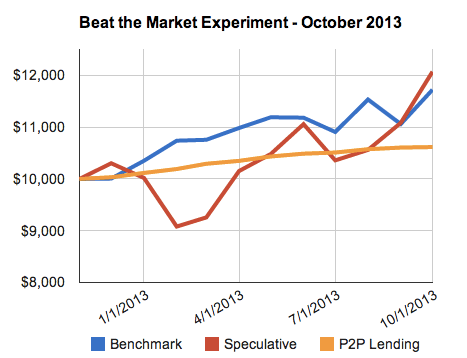
Summary. 11 months into this experiment, the Benchmark and Speculative portfolios are both up between 15-20%. The Speculative portfolio is actually winning now ($12,071 vs. $11,723). I sold all my AAPL shares in September. Both P2P portfolios continue to earn interest and are still on pace for an 8%+ annual return, but the growth rate has slowed lately as late loans have been taking a toll. Values given are after market close October 1, 2013.
$10,000 Benchmark Portfolio. I put $10,000 into index funds at TD Ameritrade due to their 100 commission-free ETF program that includes free trades on the most popular low-cost, index ETFs from Vanguard and iShares. With no minimum balance requirement, no maintenance fees, and no annual fees, I haven’t paid a single fee yet on this account. The portfolio was based loosely on a David Swensen model portfolio with a buy-hold-rebalance philosophy. Portfolio value is $11,723. Screenshot of holdings below:
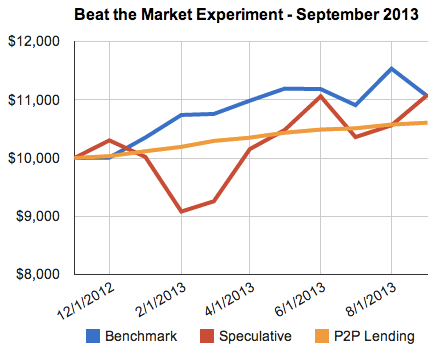
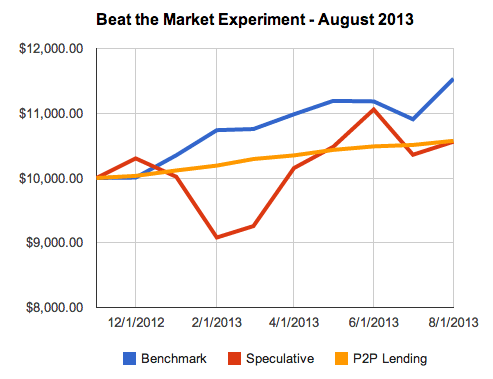
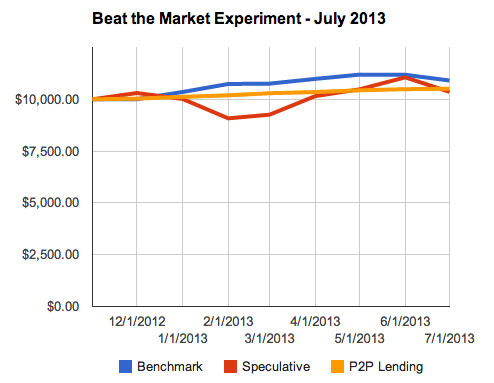
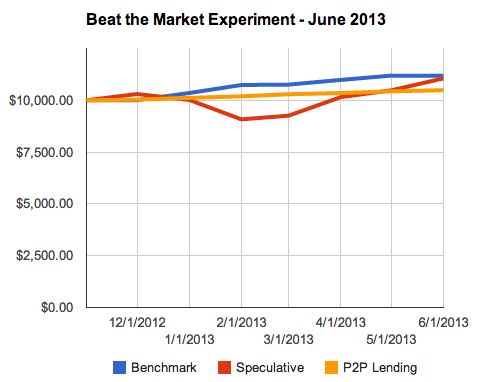
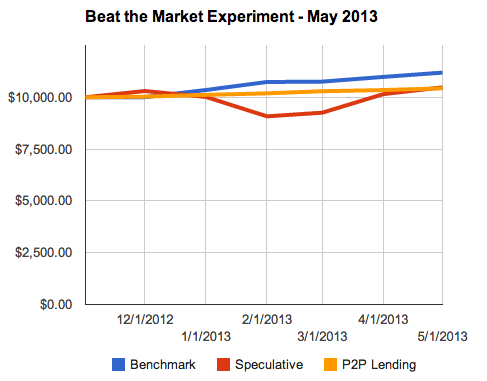
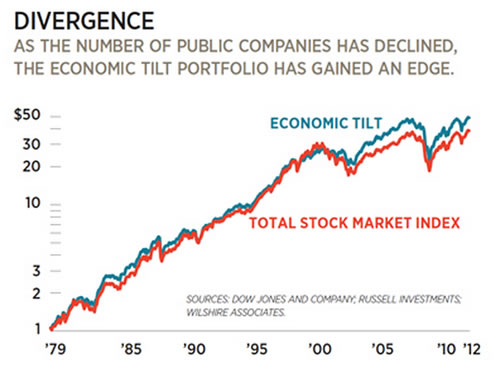

 Halfway Update – 5 Years Later! Carol Loomis has posted the 5-year update in Fortune of the $1,000,000 index fund vs. hedge fund bet. Halfway through the 10-year bet (1/1/08 to 12/31/17), the Vanguard S&P 500 index fund backed by Buffett is up by 8.69%. The group of hedge funds hand-picked by Protégé Partners are up by 0.13%. Note that the index fund had been lagging just about ever year since this one, but that’s why we are looking at a longer period. Consider this halftime. 🙂
Halfway Update – 5 Years Later! Carol Loomis has posted the 5-year update in Fortune of the $1,000,000 index fund vs. hedge fund bet. Halfway through the 10-year bet (1/1/08 to 12/31/17), the Vanguard S&P 500 index fund backed by Buffett is up by 8.69%. The group of hedge funds hand-picked by Protégé Partners are up by 0.13%. Note that the index fund had been lagging just about ever year since this one, but that’s why we are looking at a longer period. Consider this halftime. 🙂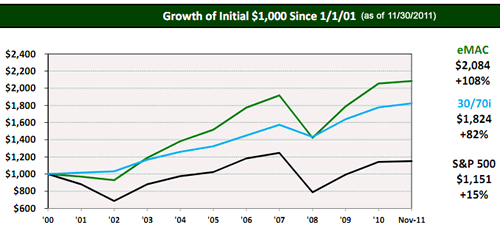
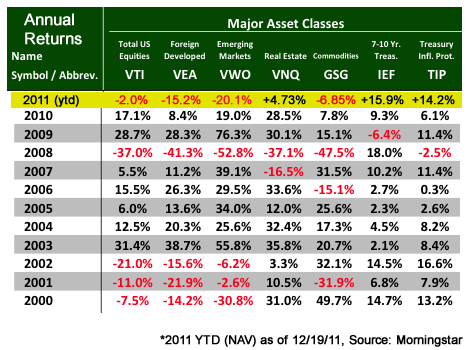
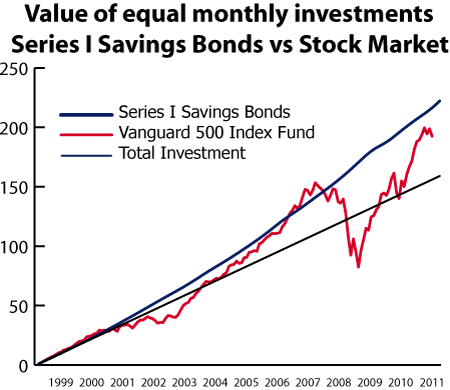
 The Best Credit Card Bonus Offers – March 2024
The Best Credit Card Bonus Offers – March 2024 Big List of Free Stocks from Brokerage Apps
Big List of Free Stocks from Brokerage Apps Best Interest Rates on Cash - March 2024
Best Interest Rates on Cash - March 2024 Free Credit Scores x 3 + Free Credit Monitoring
Free Credit Scores x 3 + Free Credit Monitoring Best No Fee 0% APR Balance Transfer Offers
Best No Fee 0% APR Balance Transfer Offers Little-Known Cellular Data Plans That Can Save Big Money
Little-Known Cellular Data Plans That Can Save Big Money How To Haggle Your Cable or Direct TV Bill
How To Haggle Your Cable or Direct TV Bill Big List of Free Consumer Data Reports (Credit, Rent, Work)
Big List of Free Consumer Data Reports (Credit, Rent, Work)